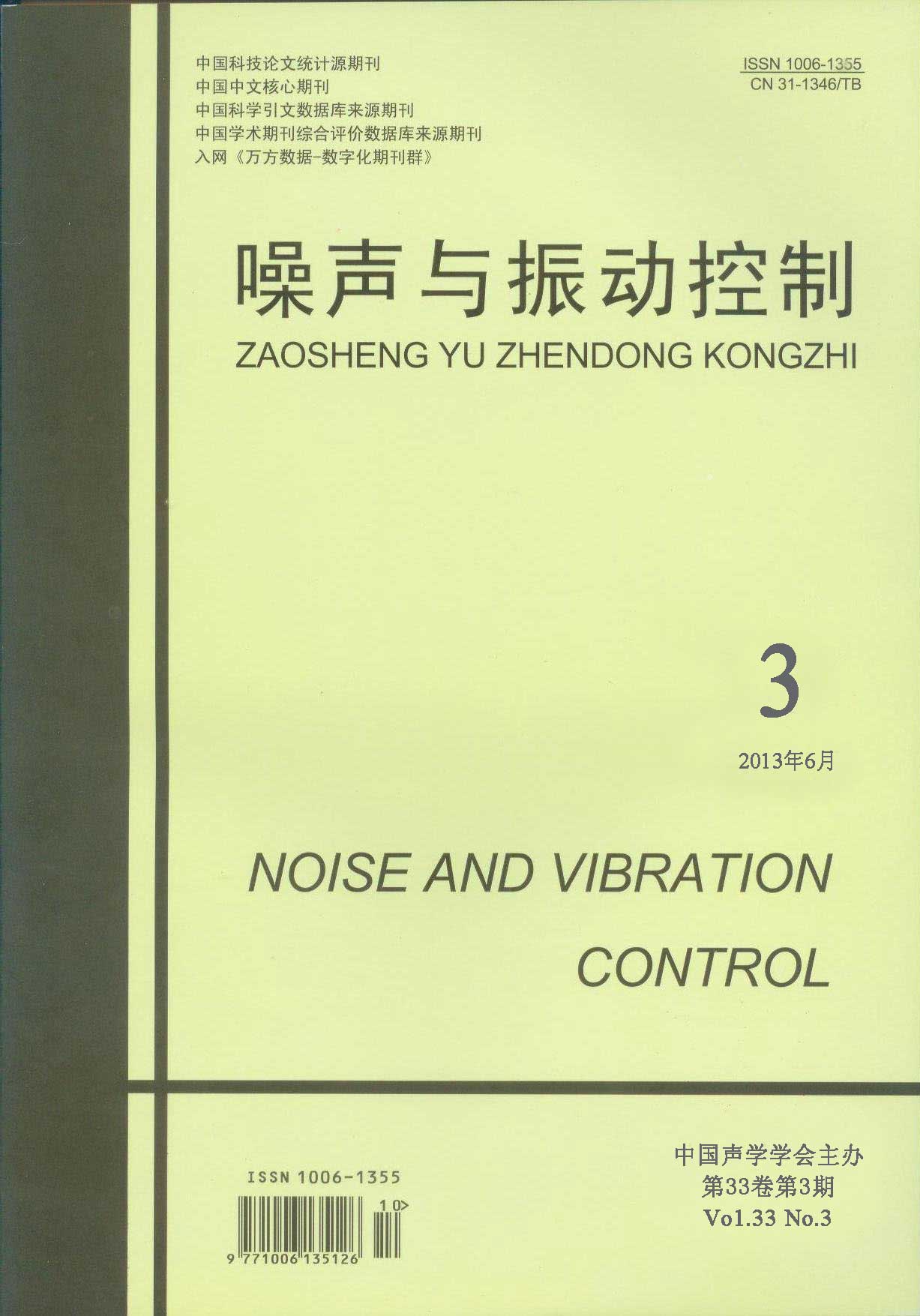|
|
Model for Prediction of Elevated Light-rail’s Noise and Experimental Verification
2013, 33(3):
106-110.
DOI: 10.3969/j.issn.1006-1335.2013.03.024
Although the urban light rail can ease public transportation pressure, it leads to the environment noise problems of the surrounding zone. Therefore, the noise prediction began to gain the attention of the technical staff. In this paper, an improved light rail noise calculation model is put forward on the basis of previous research. The model regard the train as a line source, and sound field is divided into sound shadow zone and sound direct zone. The model not only contains the impact of the direct sound, but also take the following factors into consideration: the ground-reflected sound (mainly in the sound direct zone), the reverberant sound between the bridge and the ground (mainly in the sound shadow zone), and the secondary sound radiation caused by the ground vibration. In order to verify the correctness of the theoretical model, some experiments have been done along certain light rail running route, and it can be found that the trend of test results are consistent with the calculation ones. By comparing the experiment results and the calculation ones, it can be found that in the near-field region, the forecast error is significantly reduced after the model including the reverberant sound, the ground-reflected sound and the ground-radiated sound. Besides, in the far-field region, the impact of three kinds of sound decreases with the distance, and the sound field tends to the free field. Therefore, the modified model presented in this paper can be used as a more accurate prediction model to guide the acoustic design of the light rail.
Related Articles |
Metrics
|

